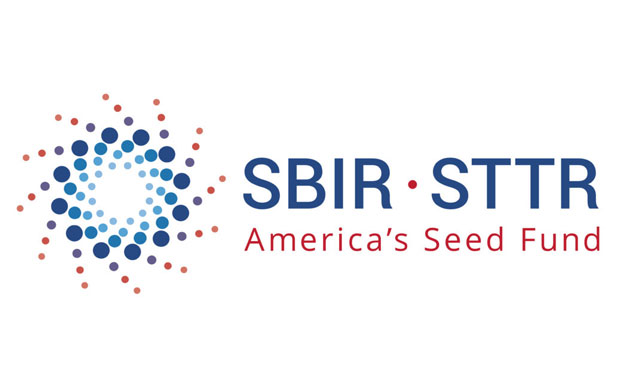Ok relax and breathe.
1. Read through the solicitation and proposal preparation instructions quickly.
2. Write down answers to the 20 questions below. These should be easy for you to answer and get you started thinking about what to write and what is important.
3. After you write out answers, go to the template for this agency (e.g. DOD has a MSWord doc file template online. BBC and other consultants have created outline templates for NIH and NSF but they are not publicly available). If you don’t have a template then create your own using the proposal section outline and format given in the agency solicitation and proposal preparation guidance, every agency has one. Put in all the headings and any section description info to create space to add text. Wherever you can, paste your answers to the 20+ questions into the template whenever it makes the most sense. Add a little more detail or background info to make the story flow clearly
4. There, you have a first rough draft!
5. Send rough draft to CTC to review then we can have a conversation on what to do next to turn it into a better draft.
20+ Questions:
- What is the problem being addressed?
- What is your solution?
- What approaches have been used before? How is it done today? What alternatives have been tried before?
- What are the shortfalls of state of the art and other alternative approaches?
- How do you overcome the shortfalls?
- What makes your approach unique, different?
- What is your secret sauce, what is the innovation that makes your approach workable?
- How do you know it will work?
- What is the benefit of your approach, qualitative and quantitative?
- What is the value to the user/customer? Quantify when it is commercialized broadly, what will be total impact for users, for military? For USA economy (5 E’s – economy, employment, energy, environment, exports)?
- Who are the actual users/customers and where/how do they buy the current solution?
- Who are potential users that will be major customers and could be reviewers now and test sites in Phase 2?
- Who are potential strategic partners who could be reviewers now, test site partners in Phase 2, and commercialization partners in Phase 3?
- What are the outstanding issues today that must be researched, developed and demonstrated to show this is feasible?
- What are the 3 key questions that must be answered in Phase 1 to show feasibility?
- What are the performance requirements for Phase 2 that are necessary for technical and commercial success?
- How will you study the 3 key questions in Phase 1?
- What is your technical approach?
- What is your test plan?
- How do you know your test plan will adequately address the 3 key questions?
- What facilities and expertise do you need to adequately answer the questions?
- If Phase 1 successfully demonstrates feasibility, what will be necessary to do in phase 2 to develop and test a “near commercial” version of the technology?
- Who is the principal investigator?
- Research team?
- Test facilities?
- Technical advisers?
- Commercial advisers?

